THROMBOPOIESIS AND LYMPHOPOIESIS
THROMBOPOIESIS
(DEVELOPMENT OF PLATELETS)
In the red bone marrow, the multipotential stem cells CFU-GEMM give rise to uni potential platelet progenitor cells titled CFU-Meg, which are committed to differentiate into megakaryoblasts. The megakaryoblasts differentiate into megakaryocytes. The platelets are formed by detachment of small, membrane-bound fragments from the cytoplasm of the megakaryocytes.
MegakaryobIast
The megakaryoblast is a large cell (25-50 LIM in diameter) that contains a large lobated nucleus with multiple nucleoli. Its cytoplasm is basophilic and does not show any granules. Megakaryoblasts differentiate into megakaryocytes by a special type of nuclear division: called endomitosis, whereby the chromosomes replicate and divide repeatedly, but neither karyokinesis( a division of nucleus) nor cytokinesis ( a division of cytoplasm) occurs. The cell becomes large, and the nucleus becomes highly Polyploidy (as much as 64n). This cell is now known as a megakaryocyte. Differentiation of megakaryoblast into a megakaryocyte occurs under the influence of a hormone called thrombopoietin, the source of which is yet unknown.
Megakaryocyte
The megakaryocyte is a giant cell (50-100 pm or more in diameter), with a large lobated nucleus. The cytoplasm of a megakaryocyte is basophilic and exhibits many azurophilic granules. Electron micrographs reveal that a megakaryocyte contains many Golgi complexes, multiple centrioles, numerous mitochondria, abundant RER, and a large number of lysosomes.
The nucleus of a megakaryocyte is lobated in a complex manner. Individual lobes may be closely packed or connected by fine strands of chromatin. No nucleoli are visible.
The megakaryocytes are irregular cells with cytoplasmic processes extending into the sinusoids of the red bone marrow. These cytoplasmic processes become gradually subdivided into small compartments (1-3 pm in diameter) by invaginations of the plasma membrane, which are called demarcation channels. Fragmentation of the cytoplasmic processes of the megakaryocyte along the demarcation channels results in the formation of platelets which are released into the blood.
Megakaryocytes have a limited life span of about 10 days.After the peripheral cytoplasm is shed off as platelets, Lymphopoeisisthe remaining cell gradually degenerates and is phagocytosed by the macrophages. A single megakaryocyte can produce several thousand platelets before it degenerates.
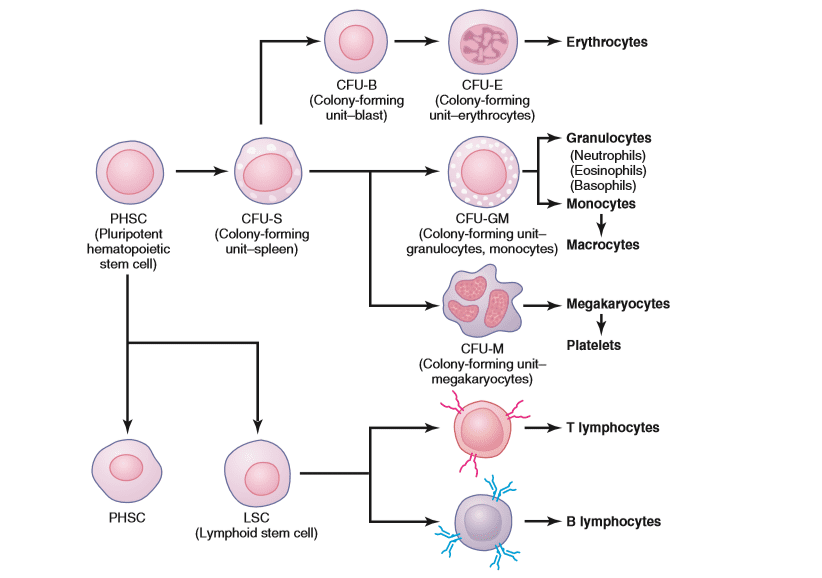
ThrombLymphopoiesis
LYMPHOPOIESIS
(DEVELOPMENT OF LYMPHOCYTE)
The lymphocytes originate in the bone marrow from the multipotential hemopoietic stem cells CFU-L. The stem cells divide to produce lymphoblasts which are the progenitor cells of the lymphocytic lineage. After further division and differentiation, the Lymphoblasts give rise to smaller cells called pro-lymphocytes. The pro-lymphocytes do not possess any surface marker and, hence, cannot be distinguished into T cells or B cells. A pro-lymphocyte has a deeply staining nucleus containing condensed chromatin. The nucleus is surrounded by a thin rim of basophilic cytoplasm containing very few organelles.
Some pro-lymphocytes remain in the bone marrow throughout life and keep on dividing there to produce daughter cells that differentiate into B lymphocytes.Other pro-lymphocytes enter the blood and reach the gut-associated lymphoid tissue(GALT), spleen and lymph nodes where they differentiate into B lymphocytes.
During the fetal and early postnatal life, the lymphoblasts migrate from the bone marrow to the thymus via the blood stream. In the thymus, the lymphoblasts settle down in the peripheral part of the thymic cortex and proliferate there to give rise to daughter cells that are called thymocytes. The thymocytes move through the cortex to reach the thymic medulla. During their journey through the thymic cortex, the thymocytes differentiate into T lymphocytes (by obtaining surface markers that are characteristic of T lymphocytes). From the medulla of the thymus, the T lymphocytes are released into the blood. Most of these T lymphocytes keep on circulation In the blood, but some of them settle down in the Peripheral Lymphoid organs like spleen, lymph nodes and tonsils, etc.
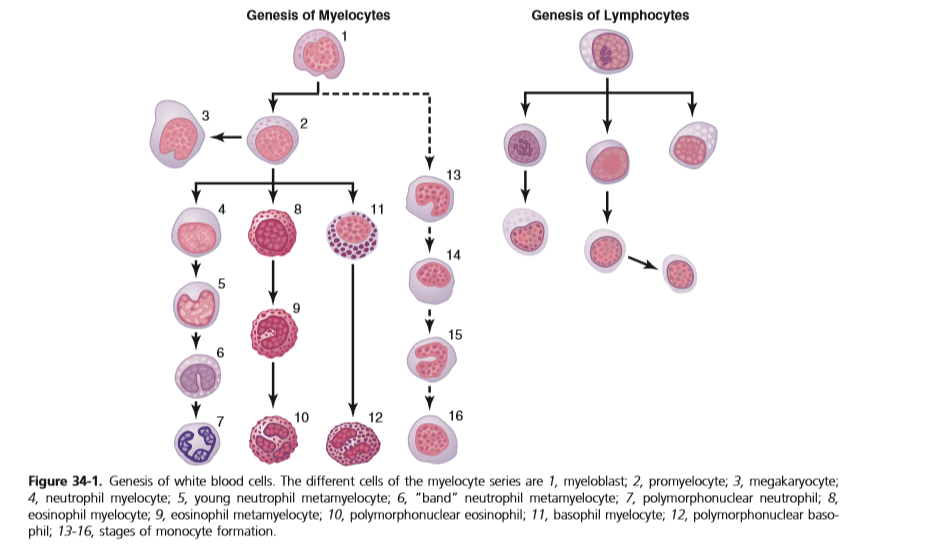


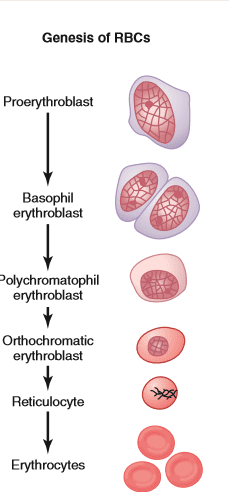
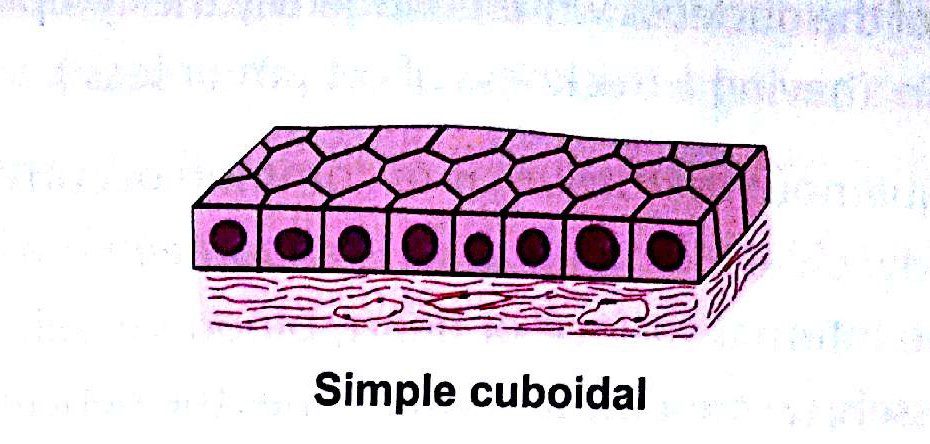

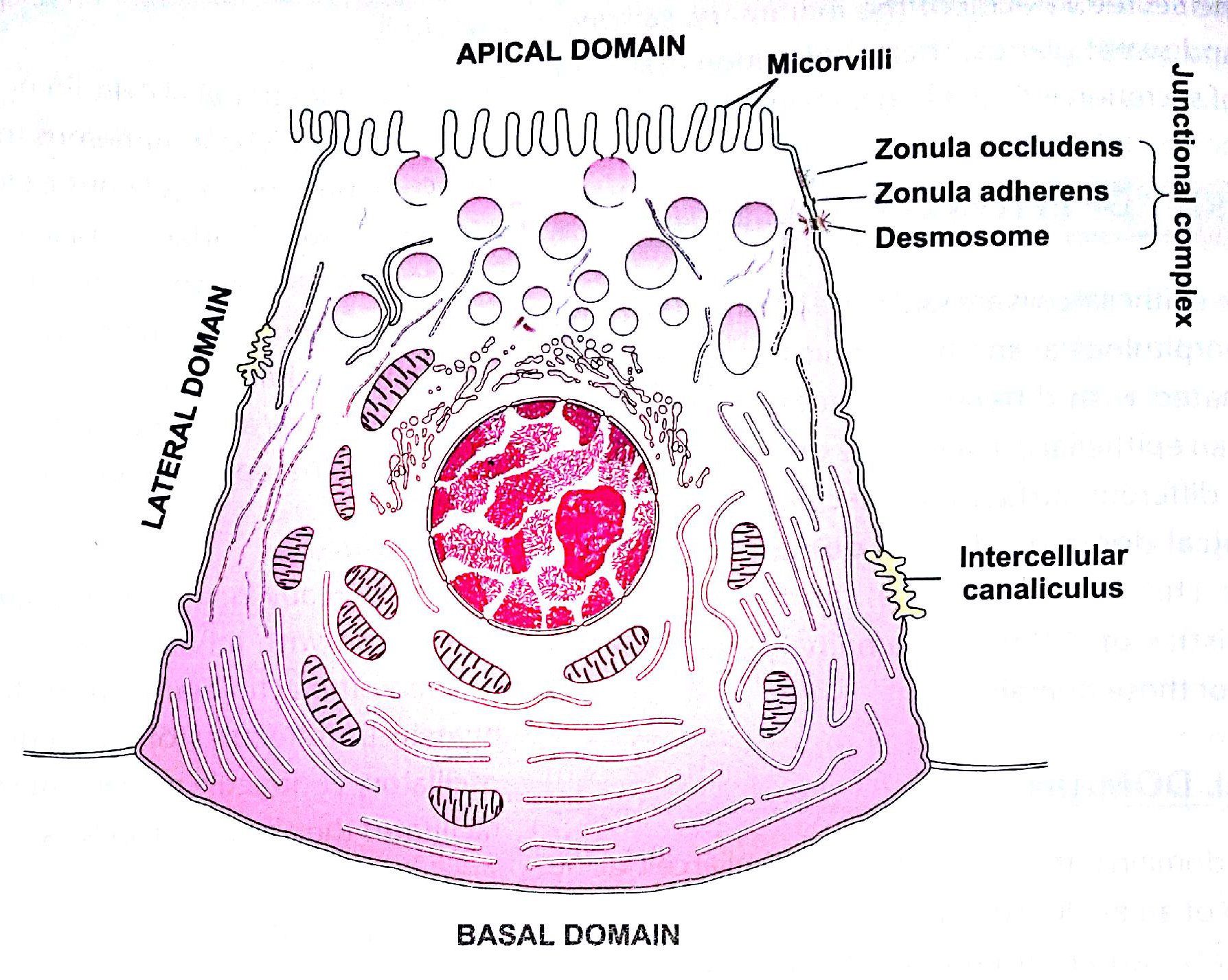

Leave a Reply